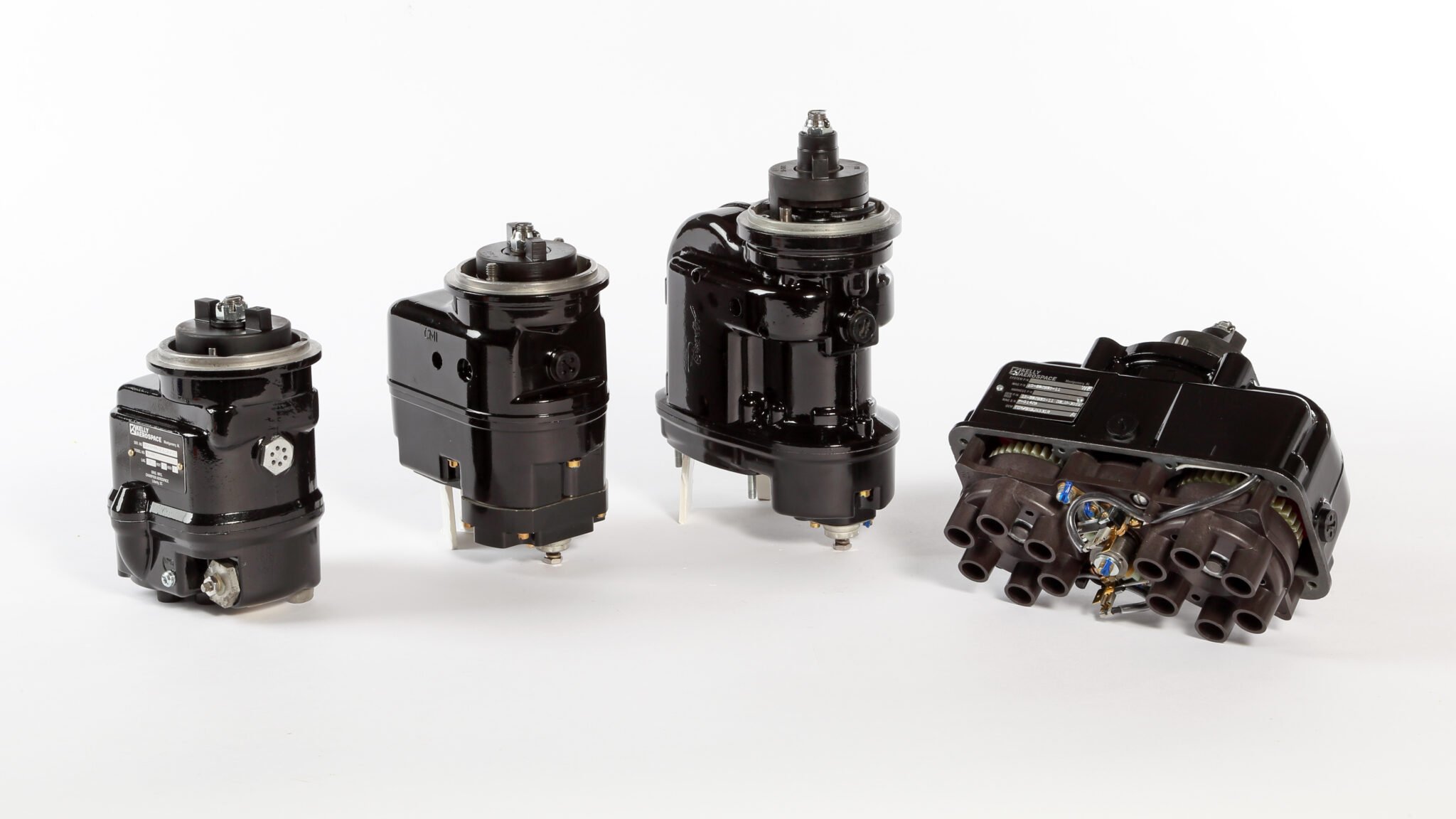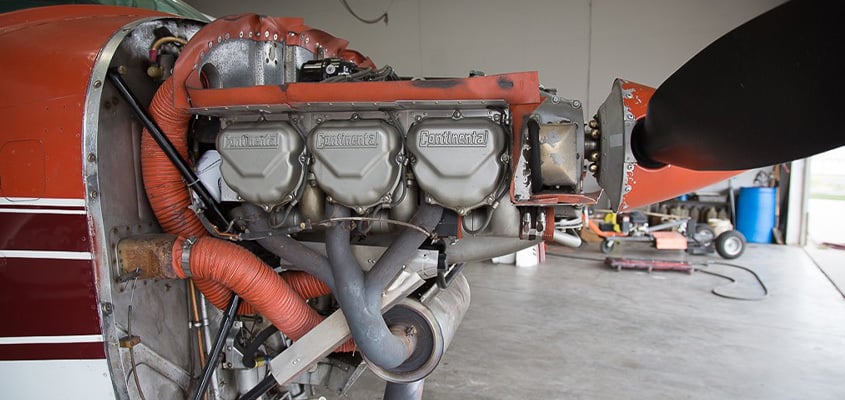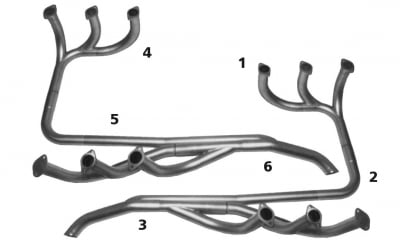Factors and Strategies To Maximize Your Aircraft Resale Value

Investing in an aircraft can be a major financial decision. However, many aircraft owners tend to forget about the resale aspect. Numerous factors influence an aircraft’s resale value, ranging from age and total flight hours to maintenance history and upgrades. To maximize your returns when selling your aircraft, you must take time to comprehend these variables, which involves a combination of careful planning and understanding market dynamics.
Factors Affecting Aircraft Resale Value
Paying attention to the factors affecting aircraft resale value can attract more discerning buyers in a competitive market.
Aircraft Age
Aircraft age is a critical factor influencing resale value. Newer aircraft tend to command higher prices in the resale market. This is because newer models often incorporate advanced technology, improved fuel efficiency, and enhanced safety features, making them more appealing to buyers. Meanwhile, as aircraft age, they may experience wear and tear, which can lead to increased maintenance costs and a lower resale value. Additionally, older aircraft models may no longer meet updated regulatory standards, further decreasing their appeal.
Flight Hours
The number of flight hours an aircraft has logged is another crucial aspect. Aircraft accumulate wear and tear during flight, and higher flight hours may translate to increased maintenance requirements. Potential buyers sometimes prefer aircraft with fewer flight hours, as they are seen as having more remaining operational life. Aircraft with lower flight hours are also less likely to have encountered challenging operating conditions, which can impact resale value positively.
Airworthiness Directives
In the competitive aircraft market, Airworthiness Directives (ADs) play a pivotal role in shaping buyer perceptions and influencing resale prices. These directives, issued by aviation authorities, address safety concerns and require mandatory compliance. Buyers prioritize AD compliance when assessing an aircraft’s condition and value, as non-compliance poses safety risks and adds potential financial burdens. Aircraft with comprehensive AD records tend to command higher resale prices and are viewed as safer and more reliable choices in the market. Conversely, aircraft with a history of non-compliance or extensive AD requirements may face challenges in achieving a desirable resale value as buyers factor in the cost and effort needed to address outstanding ADs.
Maintenance History
One of the most significant contributors to an aircraft’s resale value is its maintenance history. Aircraft that have been subject to regular, meticulous maintenance tend to retain their value better. Proper maintenance ensures that all components are functioning optimally, reducing the likelihood of unexpected issues for future owners. Prospective buyers are willing to pay a premium for aircraft with a well-documented routine maintenance history and adherence to manufacturer-recommended service intervals.
Service Records
A detailed service record serves as a testament to the aircraft’s care and maintenance throughout its operational life. Buyers rely on service records to assess the aircraft’s health, potential risks, and the likely costs of future maintenance. Providing comprehensive, organized, and up-to-date service records can significantly enhance the resale value and attract more interested buyers.
Upgrades and Modifications
Upgrades That Boost Resale Value
Strategic upgrades and modifications can have a positive impact on an aircraft’s resale value. Examples include avionics upgrades, engine enhancements, and interior refurbishments. These improvements can make the plane more appealing to buyers by enhancing its performance, comfort, and aesthetics. When considering upgrades, however, choose enhancements that align with market demand and provide a clear return on your investment.
Caution With Excessive Customizations
While upgrades can increase resale value, excessive customizations should be approached with caution. Overly personalized aircraft may have limited appeal in the resale market. Some buyers might prefer a more neutral and adaptable configuration. So, strike a balance between customizations that enhance value and those that limit potential buyers’ choices.
Aircraft Condition
Interior and Exterior Appearance
The overall appearance of an aircraft, both inside and outside, significantly influences its resale value. A well-maintained interior can make a strong positive impression on potential buyers. Similarly, a clean, well-painted exterior enhances the aircraft’s curb appeal. First impressions matter, and a meticulously kept aircraft is more likely to command a higher resale price.
Wear and Tear Considerations
Be honest about any wear and tear when selling an aircraft. Buyers will perform thorough inspections, and undisclosed issues can lead to negotiations breaking down. Addressing any maintenance or cosmetic concerns before listing the aircraft for sale can help you present it in the best possible condition and justify a higher asking price.
Market Trends and Demand
Understanding the current state of the aircraft market is a must for anyone looking to land the best deal for the resale of their aircraft. Here’s why:
- Market Dynamics: Aircraft resale markets are influenced by various factors, including supply and demand, economic conditions, technological advancements, and regulatory changes. Staying informed about these dynamics helps aircraft owners make informed decisions about when and how to sell.
- Pricing Trends: Aircraft prices can fluctuate significantly over time. Understanding the pricing trends for your specific aircraft type and model can help you set a competitive and realistic asking price.
- Buyer Preferences: Market trends also influence what potential buyers are looking for in an aircraft. Being aware of these preferences can guide you in making targeted upgrades or adjustments to your aircraft to make it more appealing to potential buyers.
Factors Affecting Demand and Pricing
Economic Conditions
Economic conditions have a substantial impact on the demand for aircraft. During economic downturns, businesses and individuals may postpone or reduce their investments in aircraft, leading to decreased demand and potentially lower resale prices. Conversely, in periods of economic growth, the demand for aircraft may increase as businesses expand and individuals have more disposable income.
Geographic Demand Disparities
Demand for specific types of aircraft can vary significantly by region. Factors such as climate, business activity, and local regulations can influence the demand for certain aircraft models in specific geographic areas. For example, regions with harsh winter weather may have greater demand for de-icing-equipped aircraft. Aircraft owners should consider these regional variations when pricing their aircraft or deciding where to market it.
Timing the Market for Maximum Returns
Timing plays a crucial role in ensuring a positive market appeal. The following are some key considerations:
- Market Cycles: Aircraft markets often follow cyclical patterns, and having knowledge about this can help you decide when to list your aircraft for sale. For example, selling during an upswing in the market can yield higher returns.
- Aircraft Age: The age of your aircraft may also affect when you should sell. Newer aircraft models tend to maintain their value better than older ones, so selling before significant depreciation occurs can be advantageous.
- Market Supply: Assess the supply of similar aircraft models on the market. A saturated market can lead to increased competition and potentially lower prices, while a limited supply can work in your favor.
- Economic Indicators: Pay attention to economic indicators that may affect the aircraft market, such as GDP growth, interest rates, and industry-specific data. These indicators can help you anticipate changes in demand and pricing trends.
- Global Events: Consider external factors like geopolitical events, regulatory changes, or technological advancements that could impact the market. These events can create opportunities or challenges for selling your aircraft.
Tips to Maximize Returns When Selling
- Timing the sale strategically: Plan your sale well in advance, allowing time for upgrades or maintenance, and coordinate with market trends.
- Considering refurbishment or cosmetic upgrades: Investing in refurbishments or cosmetic improvements can make your aircraft more attractive to buyers and justify a higher asking price.
- Transparency in disclosing the aircraft’s history: Honesty is the best policy. Provide potential buyers with complete maintenance records and be transparent about any issues.
- Choosing the right selling platform or broker: Consider working with a reputable broker or using online platforms specializing in aircraft sales to reach a broader audience of potential buyers.
- Networking within the aviation community: Leverage your connections within the aviation industry to spread the word about your aircraft. Networking can lead to opportunities for a quicker sale.


